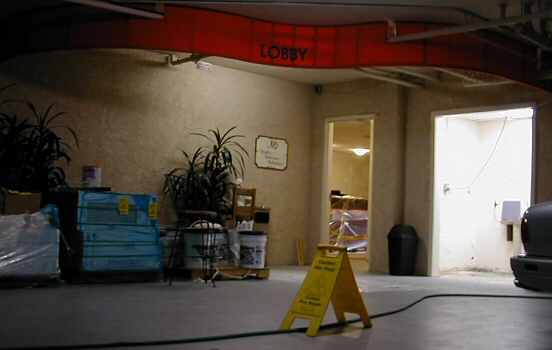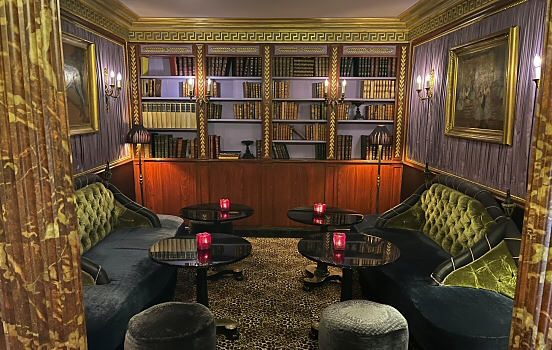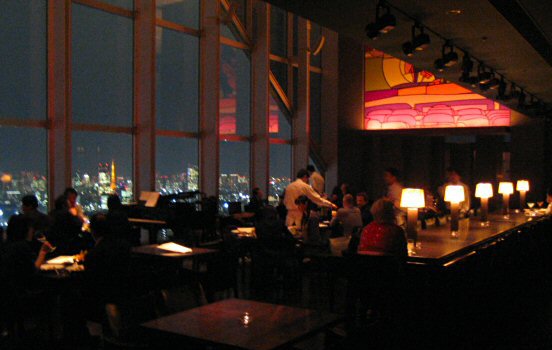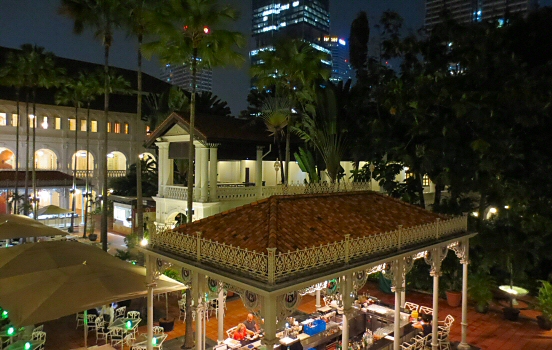Some hotels in the world are steeped in myths and lore.
Chateau Marmont
Chateau Marmont in Los Angeles is arguably one of the most legendary hotels in the world, with equally legendary guests. The large castle-like mansion was built in 1929, modeled on an actual castle in Loire valley.
It has seen Led Zeppelin racing through the halls on bellhop trollies, John Belushi dying from an overdose in 1982 (while the police were busy handling a nude Billy Idol in a nearby room), Jim Morrison jumping off a balcony and more debauchery than anyone can think of.
Sofia Coppola tried to follow up on the success of Lost in Translation with basically reusing the same concept, a slow drama about a man and a decades-younger girl set in a luxurious hotel. Her 2010 movie “Somewhere” was mostly shot at Chateau Marmont, as she somehow managed to be the first director to shoot a film at the hotel. Unfortunately the concept didn’t work as well this time.
Chateau Marmont was Anthony Bourdain’s favorite hotel on Earth, referred to as “campus” by the film crew. In the biographical book “In the Weeds”, Bourdain’s director Tom Vitale described it like this:
“The hotel was gloriously out of step with time and possessed a haunting boutique-Shining-meets-Hollywood-royalty ambience.”
“The hotel was just the right touch shambolic and gave the impression both damage and repair were the consequence of cosmic design rather than bacchanalian excess.”
— Tom Vitale
The first time I stayed in Los Angeles was definitely far from glamorous, but we did have a view of Venice beach and easy access to all the scum and villainy of the neighborhood.
 My glorious hotel lobby a long time ago at Venice Beach, Los Angeles.
My glorious hotel lobby a long time ago at Venice Beach, Los Angeles.
Chelsea Hotel
Chelsea Hotel in New York city is probably one of the few places on the planet that can challenge Chateau Marmont.
Sid Vicious stabbed Nancy Spungen to death in room 100. The debauchery of Leonard Cohen and Janis Joplin in room 424 was immortalized in the song “Chelsea Hotel #2”. Bob Dylan was a frequent guest and wrote “Sara” in room 211. Arthur C. Clarke wrote “2001” while staying at the hotel. Jack Kerouac wrote parts of “On The Road” there and William Burroughs was another famous author who passed through the doors. The hotel featured in Luc Besson’s movie “Leon”. Andy Warhol, Madonna, the list of names is endless.
The recent documentary “Dreaming Walls” from 2022 tells the moving tale of the last remaining residents, who have endured a decade of construction work as the derelict building is being renovated into a luxurious hotel.
L’Hôtel
L’Hôtel is a luxury hotel on the left bank in Paris. It has seen a fair share of guests during the years and would probably be popular on its own, but one of the main reasons that people go there is a bit macabre.
Oscar Wilde died in 1900 while staying at the hotel, where his famous last words were rambling about a duel to the death with the wallpaper. Even though the original room he died in is now the bar area, it hasn’t stopped the flood of people choosing to stay in the current room number 16, aptly named the Oscar Wilde suite.
Back then the place was called Hôtel d’Alsace and certainly not the luxurious boutique hotel it is today. To make sure that you won’t miss out on the gloomy dread of “memento mori” on a sunny day, Wilde’s death details are clearly embossed on a marker at the facade.
 Speaking to ghosts in the bar area of L’Hôtel.
Speaking to ghosts in the bar area of L’Hôtel.
The Oscar Wilde suite was also the default preference for Anthony Bourdain on his frequent visits to Paris, as seen in the very first episode of No Reservations in 2005. The hotel also used to be a hangout for Quentin Tarantino, Salvador Dali, Frank Sinatra, Elisabeth Taylor and more. Jim Morrison of The Doors stayed at L’Hôtel when he first arrived in Paris during spring of 1971, a few months before he died.
Even though I haven’t stayed there properly, I enjoyed walking around the hotel, exploring the nooks and crannies in the search for something that isn’t there anymore.
Park Hyatt
Park Hyatt in the Shinjuku district of Tokyo was opened in 1994. The hotel is perhaps only known for one movie, but rarely has a hotel been so perfectly integrated into the story. After the 2003 movie “Lost in Translation”, tourists soared to the upscale Tokyo hotel to create their own versions of Bill Murray and Scarlett Johansson. So did I, many years ago.
 The infamous bar at the 52nd floor of Park Hyatt.
The infamous bar at the 52nd floor of Park Hyatt.
The hotel was initially resistant to having a film crew on the premises, but director Sofia Coppola managed to be allowed filming on the condition that it only was done during after hours when the residents were sleeping.
Raffles Hotel
There are several famous hotels in southeast Asia, such as Hotel Continental in Saigon which was the backdrop in Greene’s Quiet American and a popular hangout for war correspondents. But arguably the most well-known could be Raffles Hotel in Singapore. It feels sort of like a colonial time capsule where the days of old still lingering in the hallways.
 The post-colonial charm of Raffles Hotel in Singapore.
The post-colonial charm of Raffles Hotel in Singapore.
The drink Singapore Sling was created in 1915 in the Long Bar, a dark corner of the hotel. Exactly one hundred years later I entered the Long Bar and my shoes crushed the sea of peanut shells littering the floor. This is the only place in entire Singapore where littering is not only legal, but actually encouraged.
The hotel started out as Beach House, a private home by Robert Scott built around 1830. As the name implies, the sea level was very different in the city during that time.
Comments
No comments yet.
Leave a reply